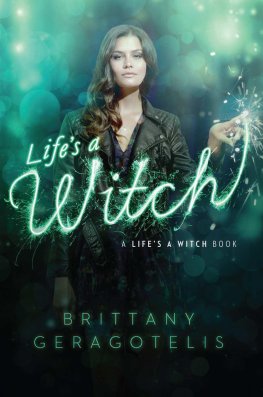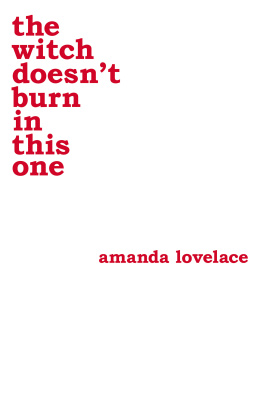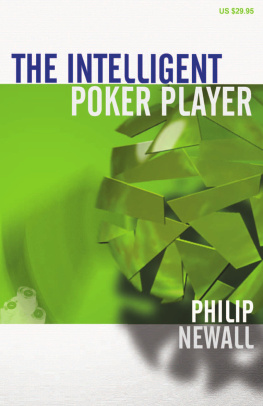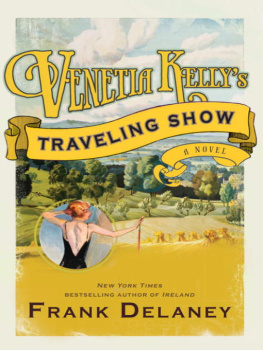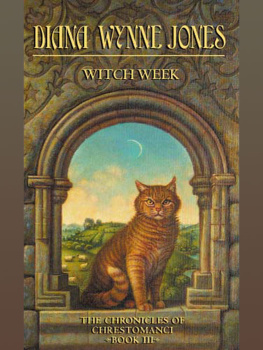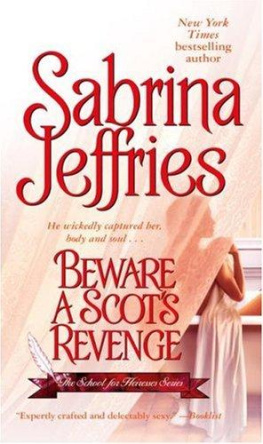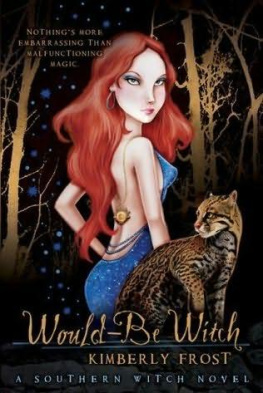First published in 1973
Reprinted in 2004 by
Routledge
2 Park Square, Milton Park, Abingdon, Oxon, OX14 4RN
Transferred to Digital Printing 2009
Routledge is art imprint of the Taylor & Francis Group
Contributors their Respective Contributions
All rights reserved. No part of this book may be
reprinted or reproduced or utilized in any form or by any electronic,
mechanical, or other means, now known or hereafter invented,
including photocopying and recording, or in any information storage or
retrieval system, without permission in writing from the publishers.
The publishers have made every effort to contact authors/copyright holders
of the works reprinted inRoutledge Library Editions -Anthropology and Ethnography.
This has not been possible in every case, however, and we would welcome
correspondence from those individuals/companies we have been unable to trace.
These reprints are taken from original copies of each book.
In many cases the condition of these originals is not perfect.
The publisher has gone to great lengths to ensure the quality of these reprints,
but wishes to point out that certain characteristics of the original
copies will, of necessity, be apparent in reprints thereof.
British Library Cataloguing in Publication Data
A CIP catalogue record for this book is available from the British Library
The Witch Figure
ISBN 0-415-32556-0 (set)
ISBN 0-415-33074-2
ISBN 978-1-136-55180-2 (epub)
Miniset: Witchcraft, Folklore and Mythology
Series: Routledge Library Editions - Anthropology and Ethnography
Katharine M. Briggs
THE WITCH
FIGURE
Folklore essays by a
group of scholars in England
honouring the 75 th birthday of
Katharine M. Briggs
Edited by
Venetia Newall
Routledge & Kegan Paul
London and Boston
First published in 1973
by Routledge & Kegan Paul Ltd
Broadway House, 68-74 Carter Lane,
London EC4V 5EL and
9 Park Street, Boston, Mass. 02108, U.S.A.
Printed in Great Britain by
W & J Mackay Limited, Chatham
in their respective contributions
Venetia Newall, Ruth Michaelis-Jena,
Carmen Blacker, H. R. Ellis Davidson,
Margaret Dean-Smith, L. V. Grinsell,
Christina Hole, Geoffrey Parrinder,
Anne Ross, Jacqueline Simpson,
Beatrice White, John Widdowson
No part of this book may be reproduced
in any form without permission from the
publisher, except for the quotation of brief
passages in criticism
ISBN 0 7100 7696 7
Library of Congress Catalog Card No. 73-83077
To
Katharine M. Briggs
in recognition of the great debt owed
to her by English folklore
As I write, it is almost exactly four years since the first Anglo-American Folklore Conference at Ditchley Park in Oxfordshire, an occasion initiated by Katharine Briggs and Professor Richard M. Dorson to establish new guide lines for the future of English folklore. Professor Dorson's book The British Folklorists appeared at the same time and in it he paid special tribute to Katharine Briggs as a herald of the new era in folklore studies beginning in this country.
At the Ditchley Conference, which it was my privilege to help organise, there were scholars not only from the United States and England, but also from the other countries of the British Isles in which folklore studies have achieved a status well in advance of that in England. The situation has already improved during the few years since the ConferenceKatharine Briggs herself has received the degree Doctor of Letters from Oxford University in recognition of her own workyet vigorous efforts are still needed to press ahead along the lines which Katharine Briggs has done so much to establish. Dr Briggs herself shares this view. For this reason, and not because of any parochialism, the essays contributed to this volume are confined to scholars resident in England.
As her many friends and admirers know, Katharine Briggs herself could never be described as parochial. Her special ties with Scotlandher training of Scottish children during the war years is well knownare acknowledged by a contribution from Anne Ross and the appreciation by Ruth Michaelis-Jena, and the span of these papers is as wide as Katharine Briggs's own links throughout the world.
The Witch Figure is a collection of folklore essays by a group of scholars in England honouring the seventy-fifth birthday of Katharine Briggs. The theme, the witch figure as a malevolent intermediary in folk beliefand here the term witch figure is used in its broadest sensewas carefully chosen to reflect the aspect of Dr Briggs's own scholarship exemplified in her own distinguished study of witchcraft, Pale Hecate's Team. John Widdowson writes in his essay: 'Witch figures of various types, whatever their sex or function, share characteristics which mark them out as not only abnormal but also frightening.' The scholars who have contributed to this volume, and for whose co-operation I am deeply grateful, bring the complementary disciplines of archaeology, comparative religion, sociology and literature to augment folklore in exploring and throwing fresh light upon this theme.
It has been a great pleasure for me to edit these essays, paying tribute to Katharine Briggs. She was President of the Folklore Society from 1967 to 1970, during my first three years as Honorary Secretary, and was a constant source of strength and encouragement, as she has been to so many folklorists starting out on their careers. She read the manuscript of my first book and her thoughtful comments were not only invaluable but of direct help in gaining publication. Since first I knew her, I have come to regard her as among my dearest friends.







